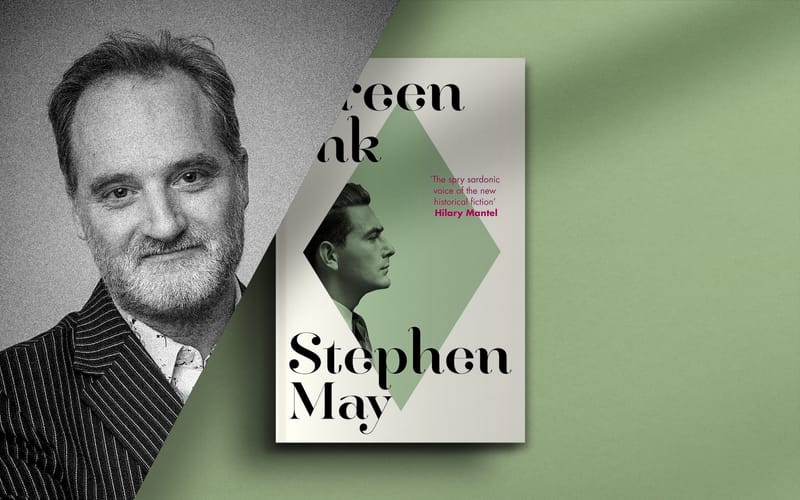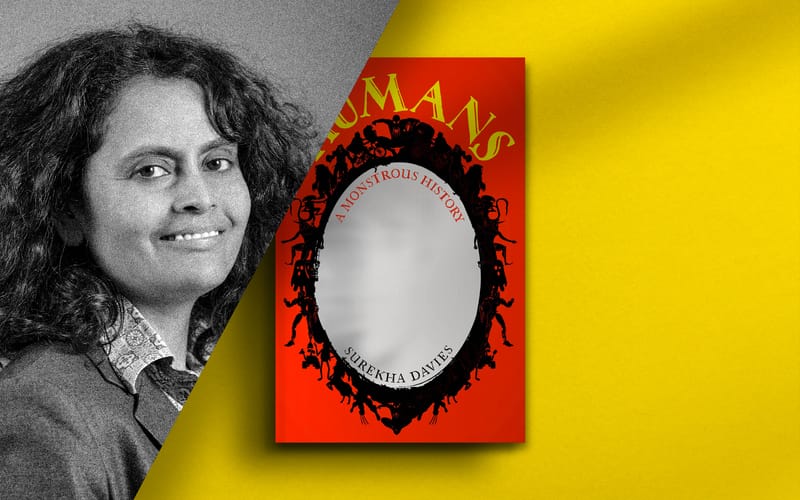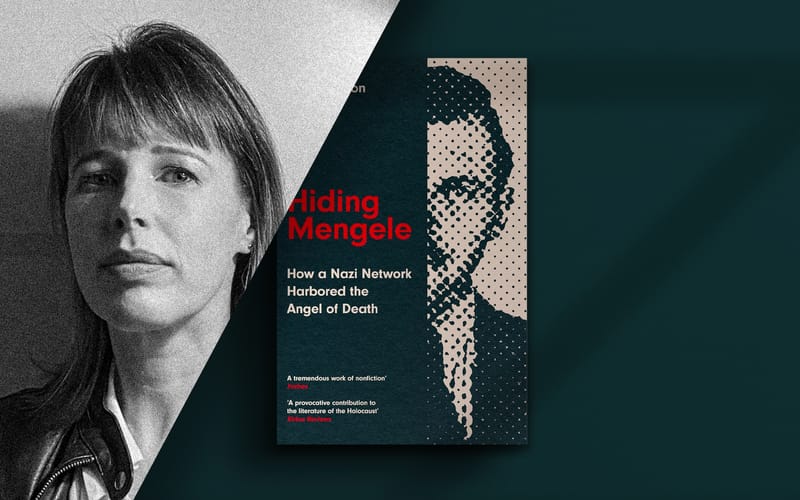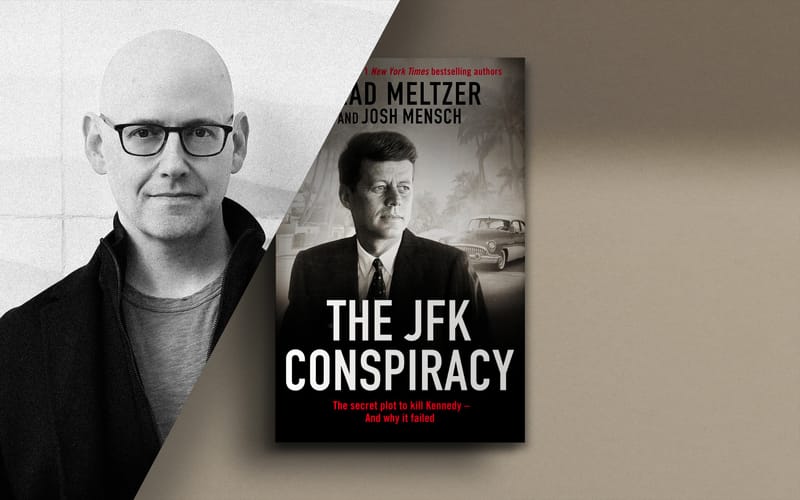The 1907 Peking to Paris Race with Kassia St Clair
Kassia St Clair on an event that 'accelerated the twentieth century'

Early in 1907 the French newspaper Le Martin announced plans for the most audacious motor race yet. It was to be a ‘dash across two continents’, an epic test of human endurance and technological capacity: an automobile race from Peking to Paris.
On 10 June the race got underway. What followed was an exciting, perilous, unpredictable classic of motorsport history.
Now, more than a century on, the bestselling author Kassia St Clair has written a book about this singular event. Here she tells us more about The Race to the Future: The Adventure that Accelerated the Twentieth Century.
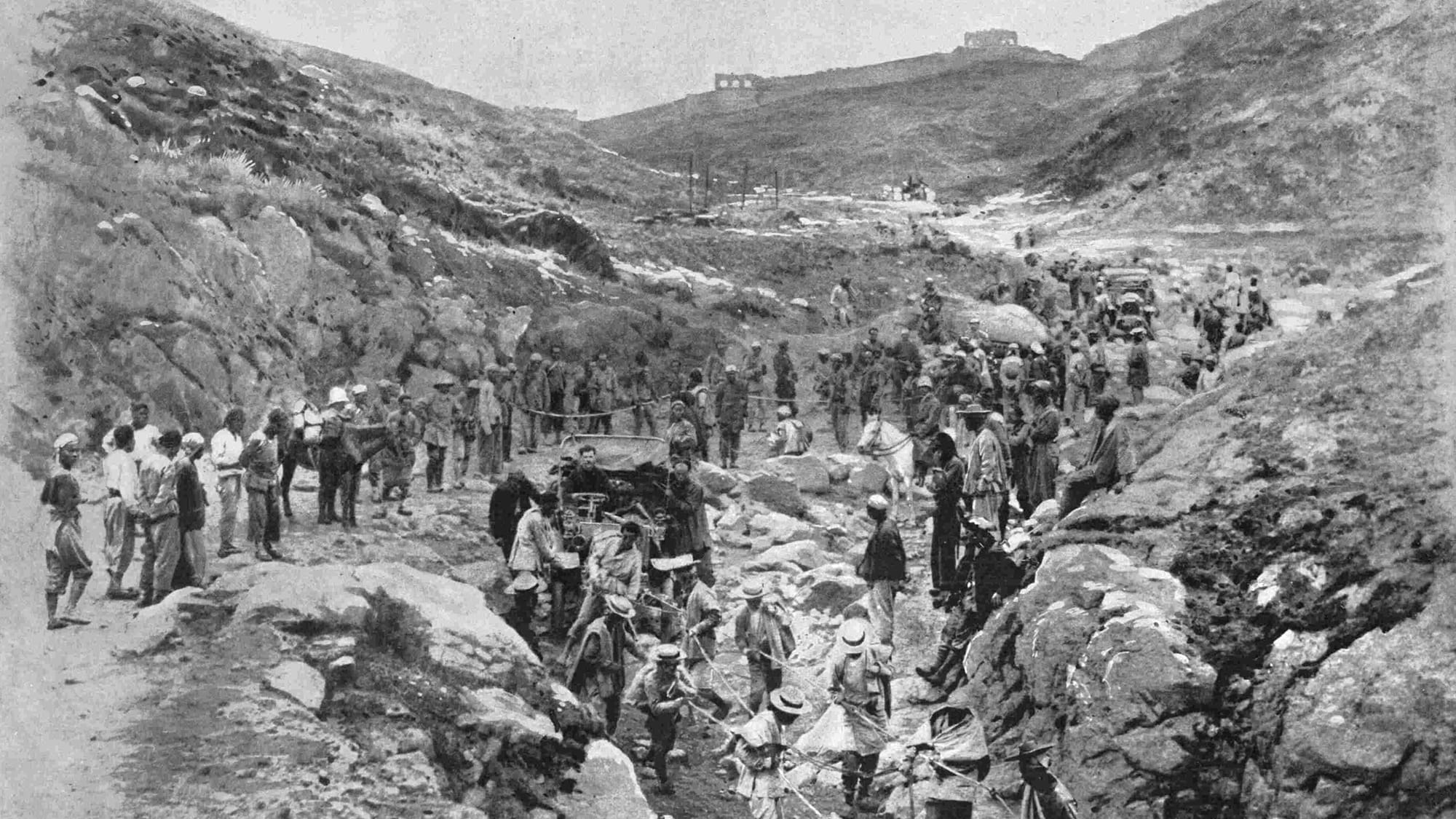

Unseen Histories
Your book is centred on the Peking to Paris motor race of 1907. This was not the first automobile race. What made this one so special?
Kassia St Clair
There have been races for almost as long as there have been functioning automobiles – so for two decades before 1907 – but this was the most ambitious to date. A journey across two continents and thousands of miles, the greater part of which had no paved roads and very little reliable fuel sources.

Unseen Histories
Along with the sheer distance), the other striking thing about the race was the small number of participants. Why did only five teams enter?
Kassia St Clair
At this time cars were very elite objects. While they were raced by those of lower social status, owners were wealthy and relatively few. The organisers also asked entrants to pay a hefty fee, further putting it out of financial reach. There was also a fear that failure – especially a humiliating failure as had happened in 1902 when Dr Lehwess attempted to drive round the world but barely made it past Moscow – would mean bad publicity.
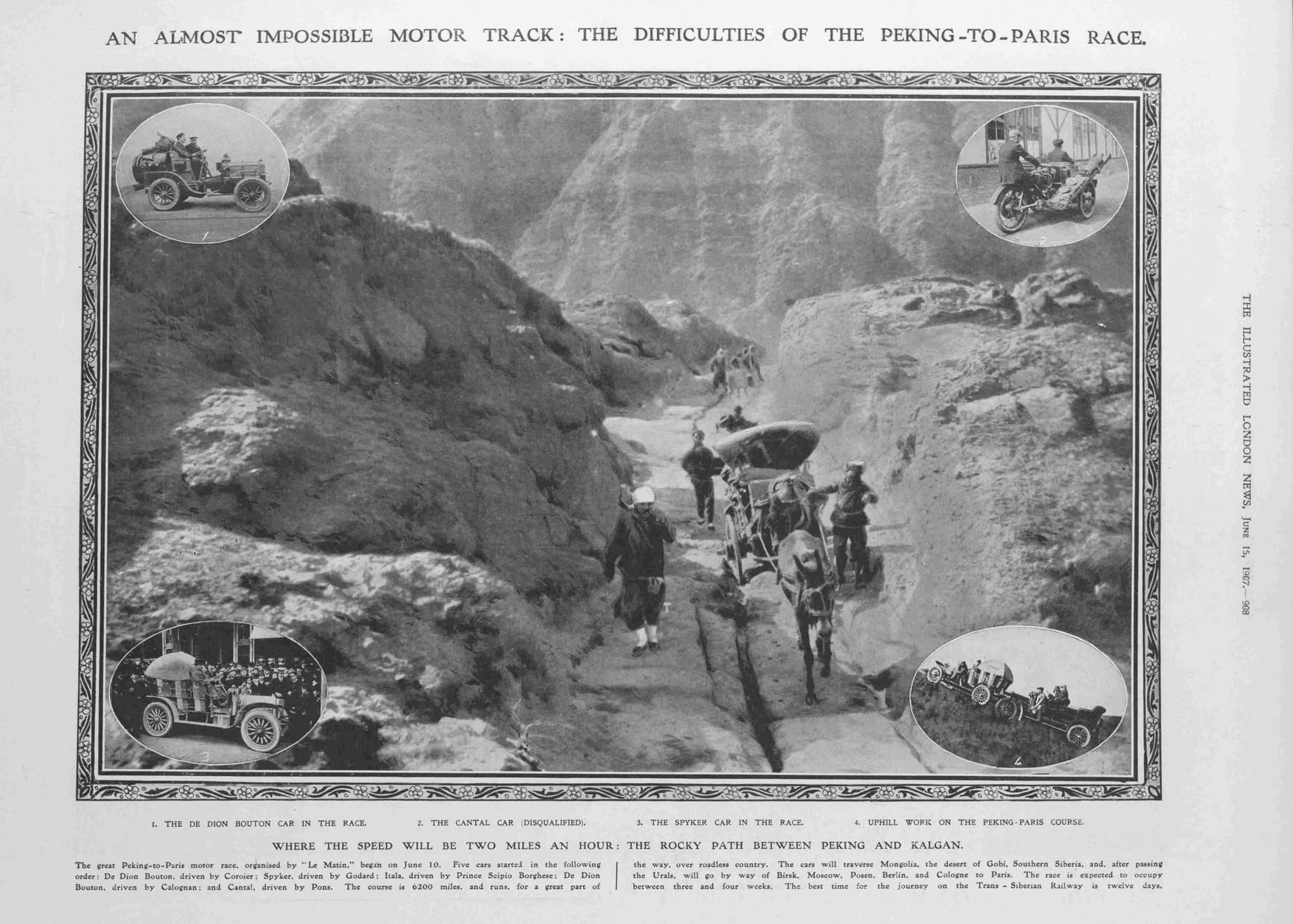

Unseen Histories
One of the drivers was the star journalist Luigi Barzini who wrote a classic account, Peking to Paris: Across Two Continents in an Italia. How useful was this as a source and what other accounts were you able to use?
Kassia St Clair
This book is fantastic, as are others written by participants, including Jean du Taillis and Georges Cormier and all of these were vital sources. So too were the contemporaneous newspaper accounts, which were less polished and gave a better reflection of how teams were feeling day-to-day. I also used other global newspaper and magazine accounts commentating or reporting on the race and, where they were available, private letters, photographs and other memorabilia held by the descendants.

Unseen Histories
By 1907 how established was the motor car as a technology in Europe? Was it already clear that automobiles were going to become the dominant mode of transport in the century ahead?
Kassia St Clair
1907 really was a turning point, which is a part of what makes this race so fascinating. When the Peking-Paris was announced, most people thought it would be impossible. One newspaper scoffed that you might as well try to travel to the moon by telegraph wire. Simultaneously, The Economist was confidently predicting “the triumph of the horse” over motorised transport. This race – especially since it was so well publicised – helped shorten the odds on the motor car as the transport of the future. Then, the very next year, Ford’s Model T was introduced to the world.

Unseen Histories
The race happened at a moment when nationalism was a powerful and growing force. The Spyker (one of the cars), for instance, was painted in the red, white and blue of the French flag. Was national pride a motivation for the drivers?
Kassia St Clair
National pride was hugely important. For example, Prince Scipione Borghese, an Italian, wanted to ensure that his car was all Italian, and so chose an Itala with Pirelli tyres. France had been the centre of the automobile industry, and it clearly piqued national pride that Borghese took the early lead. This shows up really clearly in the way the organisers, who were French, began trying to manage the narrative of the race and provide a more flattering context as it progressed.

Unseen Histories
It is often claimed that the Peking to Paris cars were the first that were ever seen in China. Is this true?
Kassia St Clair
Not at all! I visited Hong Kong to look at newspaper archives to see what they had to say about the race and discovered there were plenty of automobiles in the country before 1907, including an luxurious, yellow-lacquered American one that belonged to the Empress Dowager Cixi.
'I’m really intrigued by a lady the Itala team meet on the road in Siberia who is described as wearing beautifully tailored men’s clothing, driving a fabulous carriage and smoking a cigarette. When I imagine the scene I see Katharine Hepburn.'
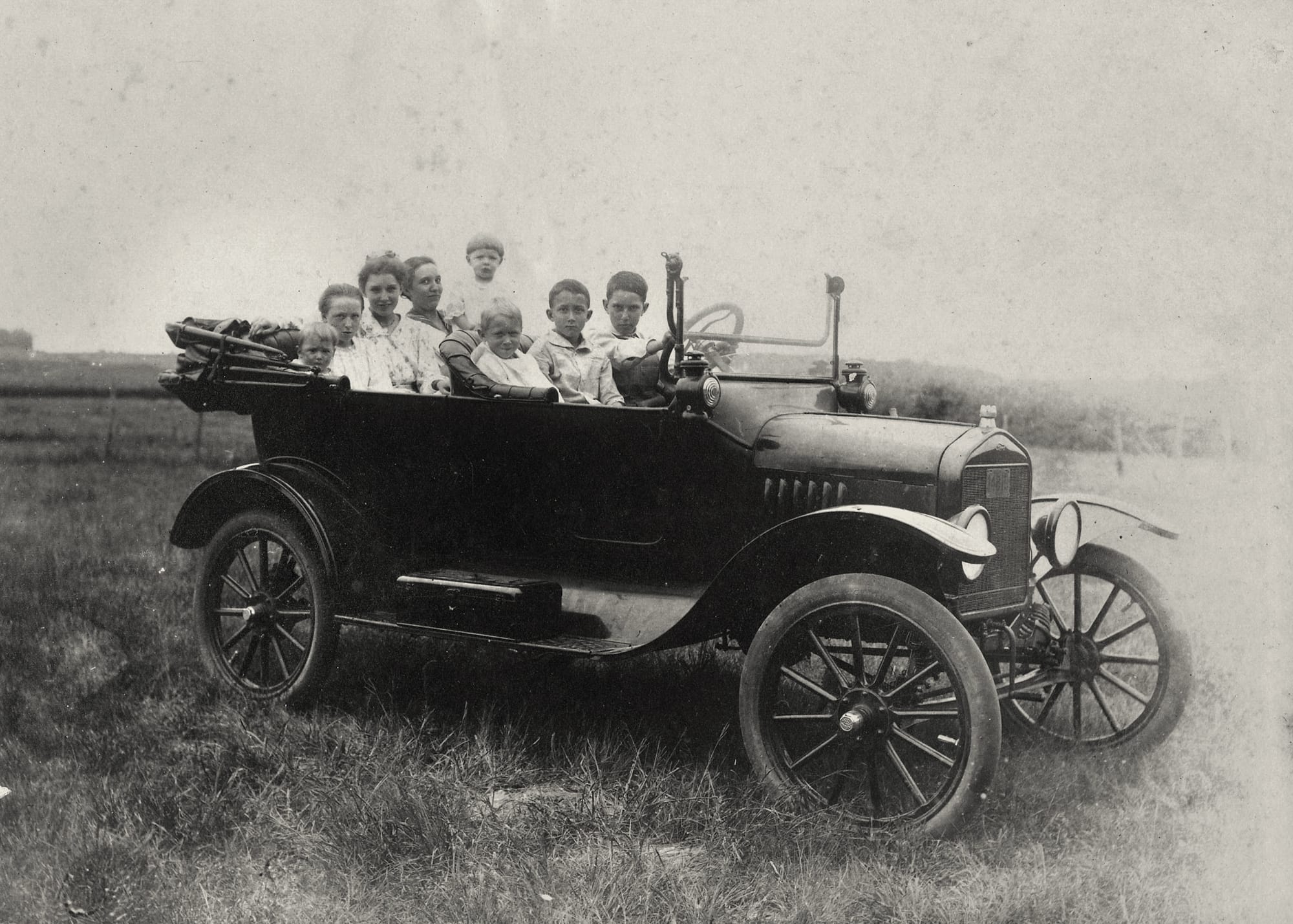

Unseen Histories
Can you tell us a little about the social background of the participants? Were they all of a similar class and type?
Kassia St Clair
The participants were definitely not all from the same class. At one end of the scale you had Prince Borghese, at the other you had mechanics, who worked with cars but had no expectation of ever owning or even driving one. In the middle you had the journalists, who were well educated and relatively cosmopolitan, and the non-aristocratic drivers, some of whom owned their own businesses.

Unseen Histories
What rules were laid down before the race began on 10 June?
Kassia St Clair
This was one of the failings of the organisers: planning was rushed, scrappy and contradictory. The whole idea was first announced on 30 January 1907, which didn’t leave much time when you consider that the cars would have to be shipped to China, and teams would need to spend at least a couple of weeks in Peking organising supplies and so on. At some points you have the organisers basically saying that there are no rules and the only expectation is that participants need to make their way to Paris, at others you have the idea that they should be sticking together as far as Ulaanbaatar, or Moscow, or Berlin. This lack of clarity, coupled with tensions within the group from very early on and the lack of preparedness of some members, meant that once the race began, group cohesion broke down within a day or two.
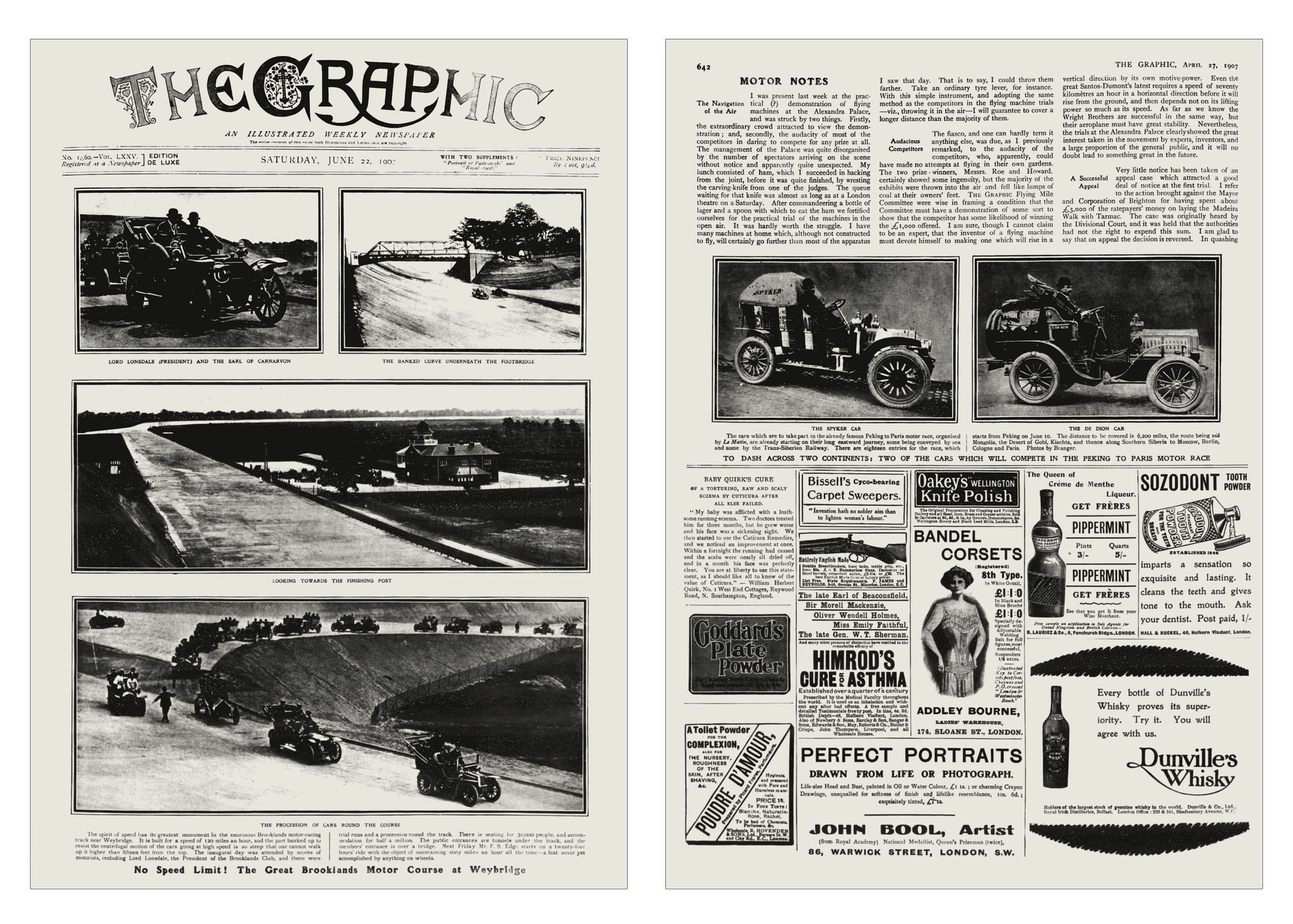

Unseen Histories
Once the race was underway The Race to the Future becomes a story of unexpected encounters. Do you have a favourite episode?
Kassia St Clair
There are so many good ones. I’m really intrigued by a lady the Itala team meet on the road in Siberia who is described as wearing beautifully tailored men’s clothing, driving a fabulous carriage and smoking a cigarette. When I imagine the scene I see Katharine Hepburn. I also love the German-speaking Mongolian man who had learned the language while being part of an ‘uncivilised tribespeople’ exhibit at a World Fair in Berlin.

Unseen Histories
Were you to be given one of the cars for a day’s motoring today, which would you choose?
Kassia St Clair
Definitely not the Contal Mototri, which sounds like an underpowered death-trap. I think perhaps the brightly striped Spyker: it would be the perfect car to take on a seaside jaunt on a sunny afternoon 𖡹

The Race to the Future: The Adventure that Accelerated the Twentieth Century
John Murray, 9 November, 2023
RRP: £20 | ISBN: 978-1529386059
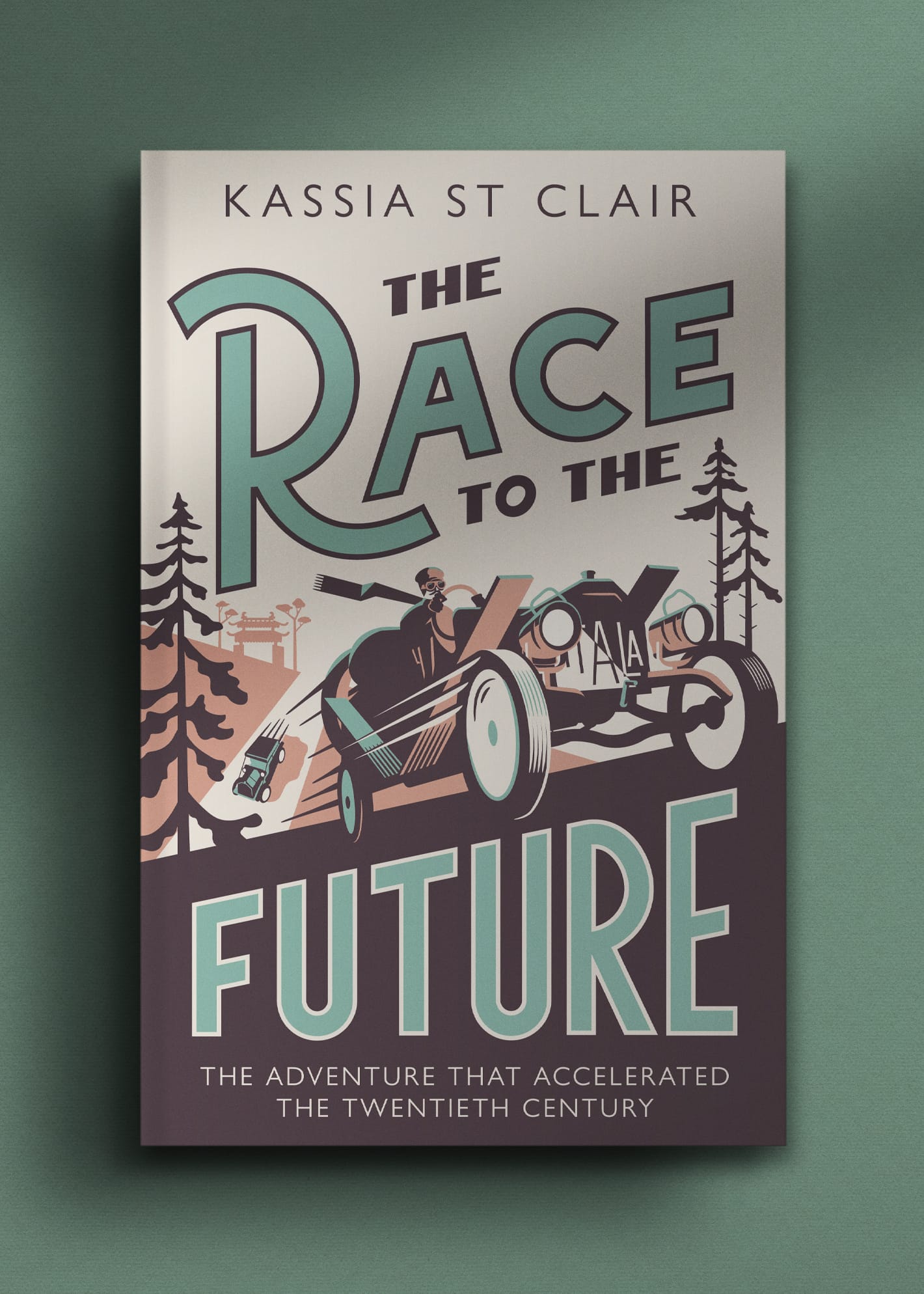
"An incredible and stirring story"
– The Spectator
10 June 1907, Peking. Five cars set off in a desperate race across two continents on the verge of revolution.
An Italian prince and his chauffeur, a French racing driver, a conman and various journalists battle over steep mountain ranges and across the arid vastness of the Gobi Desert. The contestants need teams of helpers to drag their primitive cars up narrow gorges, lift them over rough terrain and float them across rivers. Petrol is almost impossible to find, there are barely any roads, armed bandits and wolves lurk in the forests. Updates on their progress, sent by telegram, are eagerly devoured by millions in one of the first ever global news stories. Their destination: Paris.
More than its many adventures, the Peking-to-Paris provided the impetus for profound change. The world of 1907 is poised between the old and the new: communist regimes will replace imperial ones in China and Russia; the telegraph is transforming modern communication and the car will soon displace the horse. In this book bestselling author Kassia St Clair traces the fascinating stories of two interlocking races - setting the derring-do (and sometimes cheating) of one of the world's first car races against the backdrop of a larger geopolitical and technological rush to the future, as the rivalry grows between countries and empires, building up to the cataclysmic event that changed everything - the First World War.
The Race to the Future is the incredible true story of the quest against the odds that shaped the world we live in today.
"And it's Go, Go, Go . . . A captivating history of a seemingly impossible journey and one of the most challenging endurance trials in the history of motoring . . . Skillful researcher and fine storyteller, St Clair's narrative is full of surprises . . . Fabulous . . . she hopes to follow Prince Borghese on his heroic journey and - if you share my absorbed interest in her adventurous narrative you may want to emulate her. See you there?"
– Miranda Seymour, Literary Review

'Ovid among the Scythians' (⇲ Met Museum)
'Travelling Boat being Rowed' (⇲ Met Museum)
'The Trojan Women Setting Fire to Their Fleet' (⇲ Met Museum)
'Sheet-gold decoration for a sword scabbard' (⇲ Met Museum)
'Reconstruction of Pomponius Mela's world map by Konrad Miller [de] (1898)' (⇲ Wiki Commons)
Notes
With thanks to Ben McCluskey


